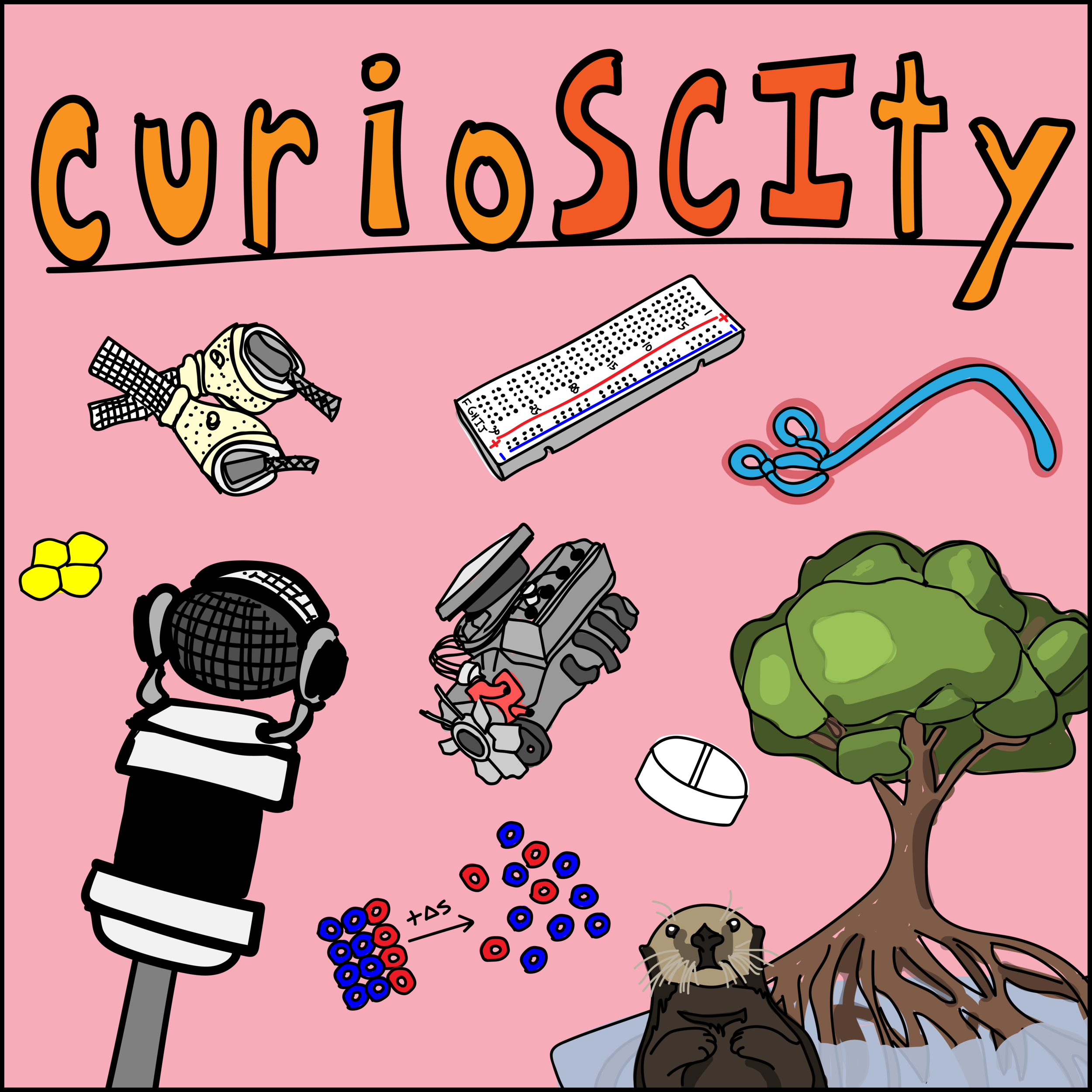34 - Data Visualization and Sonification (w/ Fadi Alnaji!)
34. Data Visualization and Sonification
Scientists support their ideas with data, but it can become challenging to explain data
when you’re not familiar with the field or it is presented in a confusing way. Are there other ways that one can
show data and support their arguments? Let’s learn to be scientifically conversational.
General Learning Concepts
1) What is data?
a. Data: According to an article from the University of Minnesota library, data is defined as "[a] reinterpretable representation of information in a formalized manner suitable for communication, interpretation, or processing. [2]
i. Observational Data: Merely recording the data without impacting the study; passively recording values from each unit. For example, taking the samples of the heights of fathers and their sons.
ii. Laboratory experimental data: Often, laboratories will also impact experiments by changing different variables. For example, they might see how a plant grows in different fertilizers.
iii. Computer simulation: Sometimes, it is not possible or simple to do an experiment in the real world. Computers are fabulous at modeling certain outcomes of experiments. These “in-silico” experiments help provide directionality for experiments in the lab.
b. What is the importance of data? No one needs to believe you simply because you make claims. It becomes important to support what you say with the types of data we mentioned previously. This is how the peer-review process in science works today; reviewers examine your data and the claims that your data make and decide to accept or reject your paper.
c. Is all data true? If not changed by some slight of hand, any measurement made represents something, even if done improperly. Scientists put great value on measuring exact values in very specific ways to try to prove or refute theirs or others’ work.
2) How is data represented?
a. Writing the data: I can say, “I ate two bananas today”. That’s not too bad. It becomes challenging when I start listing everything I’ve eaten in the week. Then you might want a table or some other method to be able to see what I’ve eaten in a more (pardon the pun) digestible way.
b. Graphs, bar plots…: Graphs tend to be diagrams that show relations between variables, most often as two variables, which are measured along their respective axis. You might want to measure, for example, the number of hours worked and how much money is received for those services. Using a graph would be great because you could see if the line of connected points changed in a way you didn’t like: for example, increasing the number of hours worked did not increase the amount of money received. You might use a bar plot to consider if different employees were making different wages at the same job over a certain time period. It might be ineffective to use different representation methods for each of these.
c. Images: Pictures can be data! If you have a photo of a cow from a data collection zone, that is a clear indication of a cow being present. Similarly, strong microscopes like electron microscopes might help you find virus particles that you would not expect to see in a sample. This can be as qualitative as seeing particles or as quantitative as using a software to measure them, which you would need to express in some way.
d. Heat maps: Columbia explains them as “A heat map is a data visualization tool that can be used to graphically represent your data. Heat maps can, at the most basic level, be thought of as tables or spreadsheets that have colors instead of numbers (a color-shaded matrix display). The color of each cell or rectangle corresponds to the magnitude of the cell amount. They are useful because they can allow for a given data set to be easily summarized and understood at a glance.” I think it is simpler to think of heat maps in terms of the ones you might see visualizing countries.
a. Representing data in a musical fashion:
Ascending C Scale
AT Rich DNA (or AU Rich RNA)
GC Rich DNA
Influenza Sonification
Human Telomere Sonification
4) Solicited Questions
a. What, if any, is the evolutionary advantage to our emotional reactions to different types of music such as "scary" or "beautiful" music? As for scary, UCLA evolutionary biologist Daniel Blumstein thinks that nonlinear musical elements (those that are irregular, scratchy) evoke some kind of emotional response in humans. Still, this was best paired with a visually frightening source and not a boring visual source. Another paper, published by Zachary Dell from the department of physics in Champaign-Urbana, IL, wrote a fascinating paper about beautiful music.


